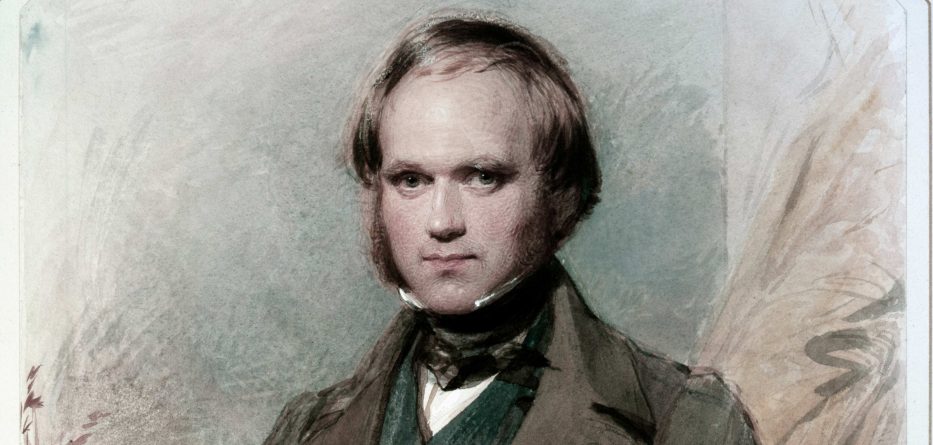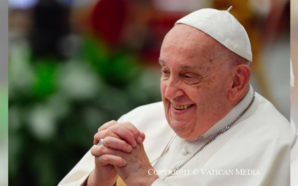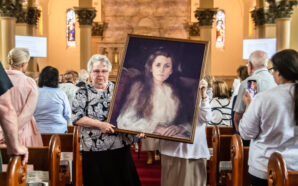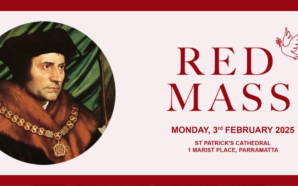Did you know Charles Darwin visited Parramatta?
On January 27, 1836 Charles Darwin had lunch at ‘The Vineyard’, the home of Hannibal Macarthur in Rydalmere.
Darwin’s diary entry for the day reads:
“Accompanied by Capt. King rode to Paramatta. Close to the town, his brother in law Mr MacArthur lives & we went there to lunch. The house would be considered a very superior one, even in England. — There was a large party, I think about 18 in the Dining room. — It sounded strange in my ears to hear very nice looking young ladies exclaim, ‘Oh we are Australian, & know nothing about England’. — In the afternoon I left this most English-like house & rode by myself into Sydney.”
In Australia, Darwin also visited the Blue Mountains, Hobart and the King George Sound, WA. His expedition on the ship The Beagle also visited New Zealand, the Pacific, South America and the Atlantic.
Darwin went on to write On the Origin of Species (1859), which was influential in popularising a theory of natural selection regarding the origins of the human race. The papal encyclical Humani Generis explains what is acceptable of the theory for Catholic belief, namely that the soul must have its origin as an act of creation by God but that the human body may come from secondary causes, a belief which dates back at least to St Augustine in the 300s.
This grand Colonial home was built in the Greek revival style.
The Macarthur Family lost the property through financial hardship.
Most Rev. Bede Polding, the first Bishop, then Archbishop of Sydney, bought the property in 1849.
Benedictine Nuns came from England to found the first Benedictine Convent in Australia. The ballroom was converted into a chapel. The house was renamed ‘Subiaco’ in honour of St Benedict of Nursia’s first monastery in the Papal States, now Italy. The nuns ran the first boarding school for girls in the colony, which always struggled for students in the impoverished colony.
The grand building was eventually demolished by its new owners and architectural highlights were divided among significant institutions.
By 1959, the property was surrounded by industrial estates and was acquired by Rheem, the hot water system manufacturers. 16 immense doric columns ran along a colonnade on the eastern front, which are now at the University of New South Wales. The King’s School, Parramatta now owns the large flagstones.
In a sign of the cultural significance and long history of the Benedictine Order, Charles Darwin is now connected to another former Benedictine Monastery, the famous Westminster Abbey, where he has been laid to rest.
Further information:








